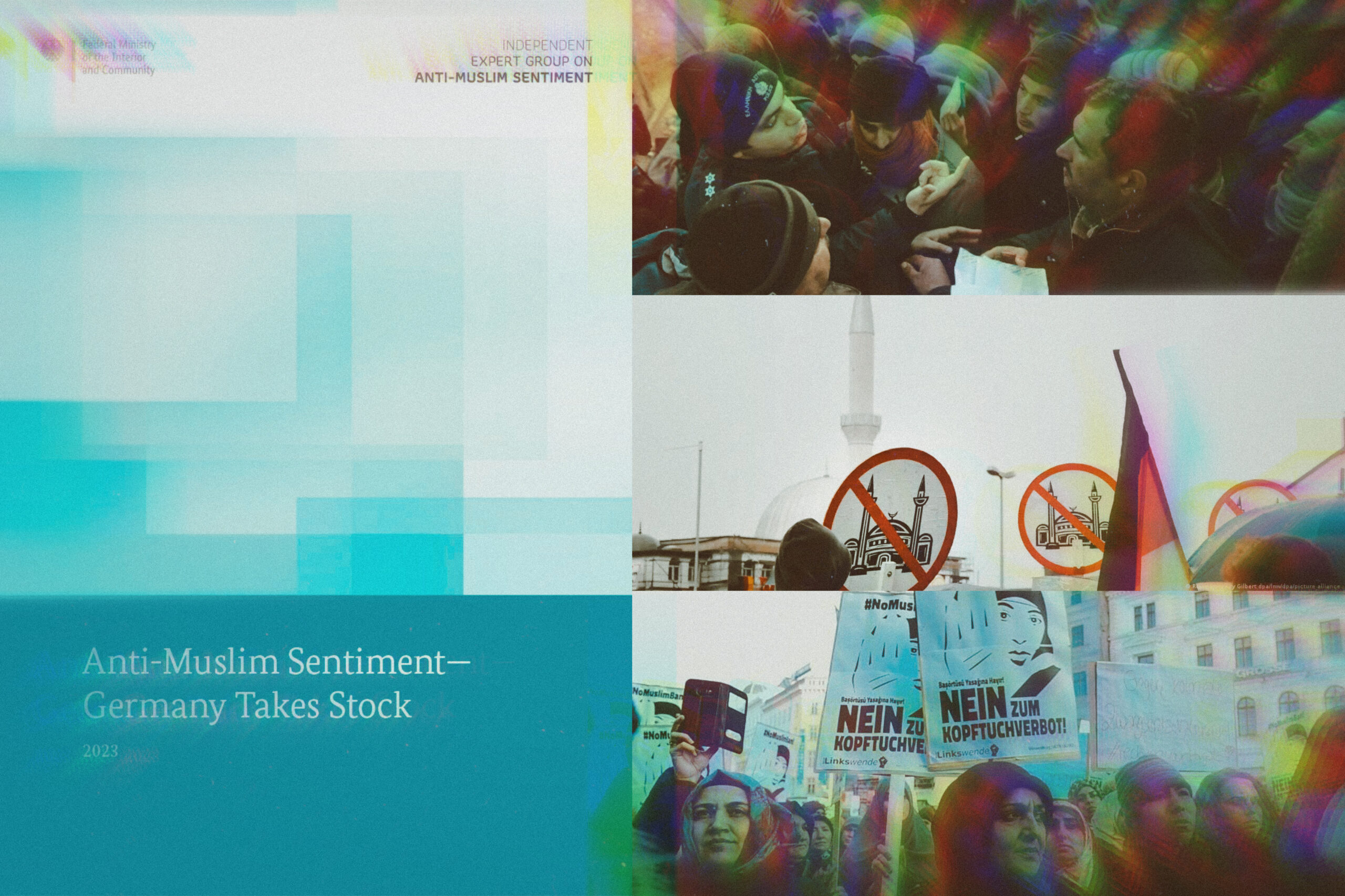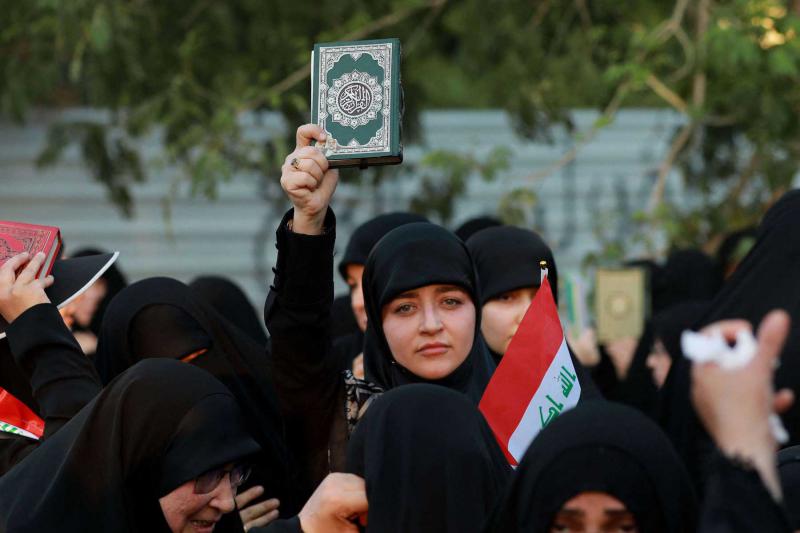Launched in April 2014 by the Interior Minister to stem the proliferation of departures to Syria, the France’s initiative to combat radicalization has reached its cruising speed. Using a telephone hotline and local police departments, the framework allows state services to monitor situations that escaped intelligence services.
Information collected over the course of a year has allowed authorities to sharpen their understanding of radicalism. A concept that the Minister defined, in a training manual for state agents, as “all discourse using religious precepts presented as Islamic leading a youth into self-exclusion and to shun others that are different from him/herself.”
According to official figures, 3,142 people have been reported by those close to to them or by government agencies in the last eight months, of which 9% had already left for Syria. Every locality has been affected, except for Creuse. A quarter of those reported are minors, 35% women and 40% converts. The younger the individuals, the more the proportion of women and converts increases.
“The radicalization phenomenon has nothing to do with religion,” insists Pierre N’Gahane. “It does not concern conversions to Islam, but to radicalism, even for Muslims. Most radicals share histories of failure, defeat, a search for identity. They could have chosen any outlet: a cult, suicide, the army, or drugs. Jihadist discourse addresses all of their issues. It has a solution kit. It’s down to us to offer them an alternative situation.”
This interpretation of the phenomenon, focused on the vulnerability of those reported, is face with the fact that more than a quarter are adolescents. “Jihadist discourse separates the pure from the impure, the truth from the untrue, as well as beliefs that appear to offer structure in acute adolescent crises,” says psychiatrist Serge Hefez, who counciled a dozen families of radicalized adolescents. “Radical Islam provides an artificial identity.”
The majority of reports, which is even more true for issues that concern a judicial procedure, concerns youths coming from disadvantaged neighborhoods. According to the government, the “artificial identity” of jihadist discourse fills an identity gap more than a need for religion. “A part of France’s youth experience terrible frustration, the feeling that they do not belong to a national community,” explained N’Gahane. “Some have a beard and wear religious clothing only to escape anonymity. The Islamic State gives them an area where they can reconstruct their identity and tells them that they are cared about. They sell them the idea that they can rebuild their community.”






